Crafting meaning: the art of creating rituals
Repetition is both a staple and a given, in our daily activities of rest and work, in the traditions we enact or celebrate yearly. These repetitions can be welcomed or simply done because of necessity. A difference we may consider less is the one between routine and ritual. Both have the essential element of repetition, but it’s thought that it is our mindset and feelings around those acts that distinguish the routine from the ritual. As an article in The Marginalian describes it, “while routine aims to make the chaos of everyday life more containable and controllable, ritual aims to imbue the mundane with an element of the magical.” Cooking a meal with a housemate or partner serves a purpose of nourishment, a routine to mark the end of the day. Special occasions like a birthday or celebration might elevate this shared meal - by lighting candles and eating outside, or going to a favourite restaurant - to a ritual.
The practice of bathing marks this elevation in beautiful ways. The essential act of cleansing is imbued by cultures around the world with that “element of the magical.” While the word ritual might have once been confined in meaning to religion, rites and the festival calendar, nowadays it expands to embrace the secular and even the everyday. We see this enacted in bathing cultures whereby tradition and religion blend or change with time. When we create our own rituals and perhaps embrace aspects of those from other cultures, we can mistakenly think they are ‘extra’, an additional thing that would be nice if we can find the time. What seems most fundamental in finding ritual is embracing it as a life essential that makes us feel good, not as a reward or rare luxury.
Bathhouses, while at first appearing to have similar essential elements across many cultures, are distinguished in rich and fascinating ways by the rituals attached to each region and culture. According to an article from the BBC, ‘The origins of bathhouse culture around the world’, from 600AD the Turkish hammams were “spaces where major life events were celebrated, and bathing rituals were incorporated into weddings and births.”
Objects also play an important role in ritual: towel and sandals, the peștemal to cloak the body or lie on out of the water and the keşe mitt to cleanse the skin in Turkey, the veniki birch tree brush in the Russian banya. The article goes on to explain the rituals of the Native American sweat lodge, where “participants in the sweat ritual gather inside a dome-shaped hut or tent, where a pile of heated rocks lies in the middle. A sweat leader tends to the rocks and may pour water on top to fill the lodge with steam…[and] leads the group in prayer and song. During the ceremony, offerings such as tobacco may be made to the spirits.” This ritual may last for hours, with breaks in between for fresh air and water.
In Japan, the onsen is the place for hot spring bathing, often in the countryside, where in winter you can find yourself in a steaming hot pool outdoors in the snow. The sento is the public bath found commonly in urban settings. In cities where flats or houses might be small, a trip to the local sento might be a nightly ritual. In both Japanese onsen and Korean jimjilbangs, nudity is the norm.
When it comes to creating rituals in our own lives, to calm or energise or strengthen us, bathing cultures around the world teach us what is possible. As The Marginalian article tells us, “the structure of routine comforts us, and the specialness of ritual vitalises us.” From the communal and cultural we can carve out what suits us, a rhythm and ritual that meets us where we are.
Words by Katherine Brabon

